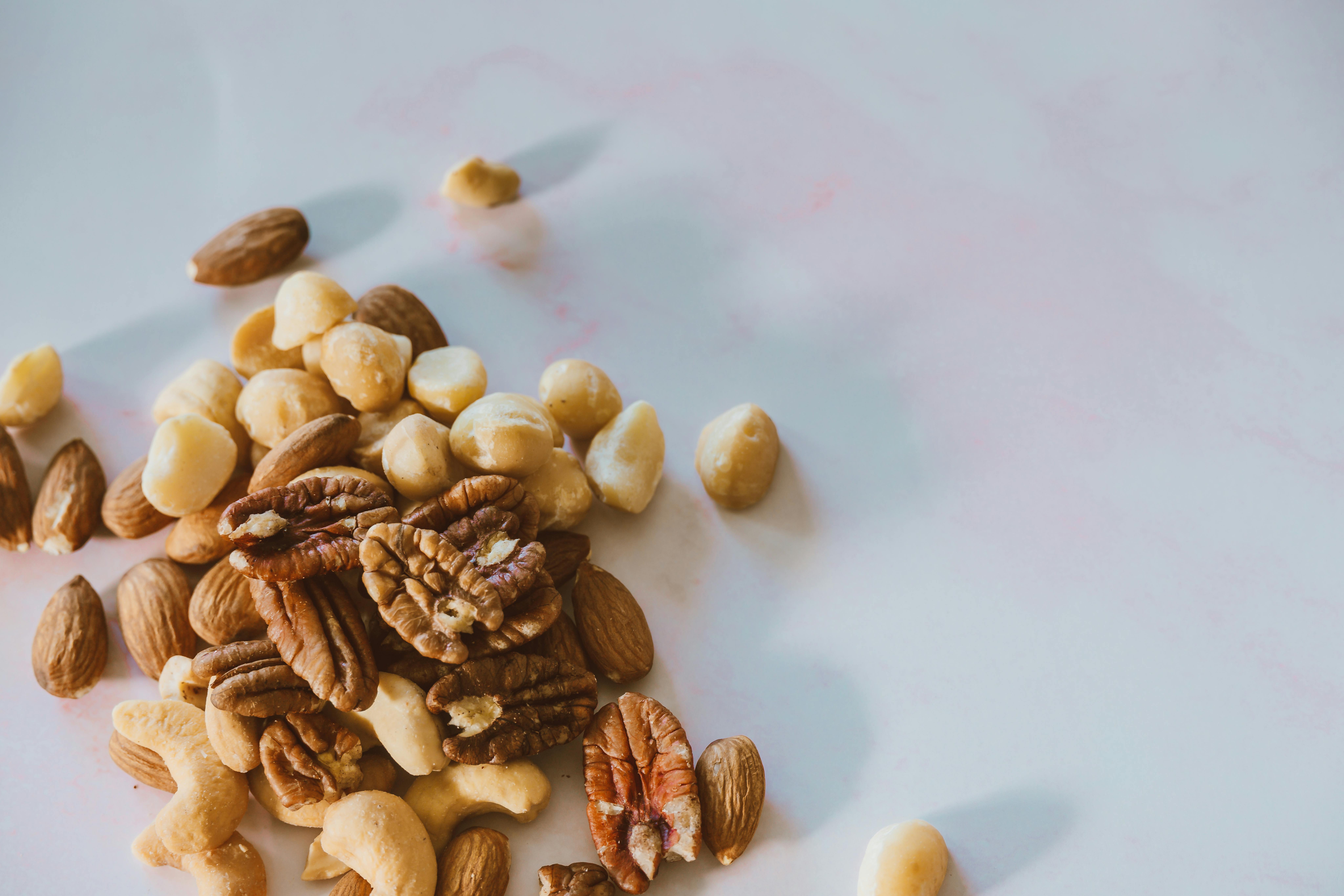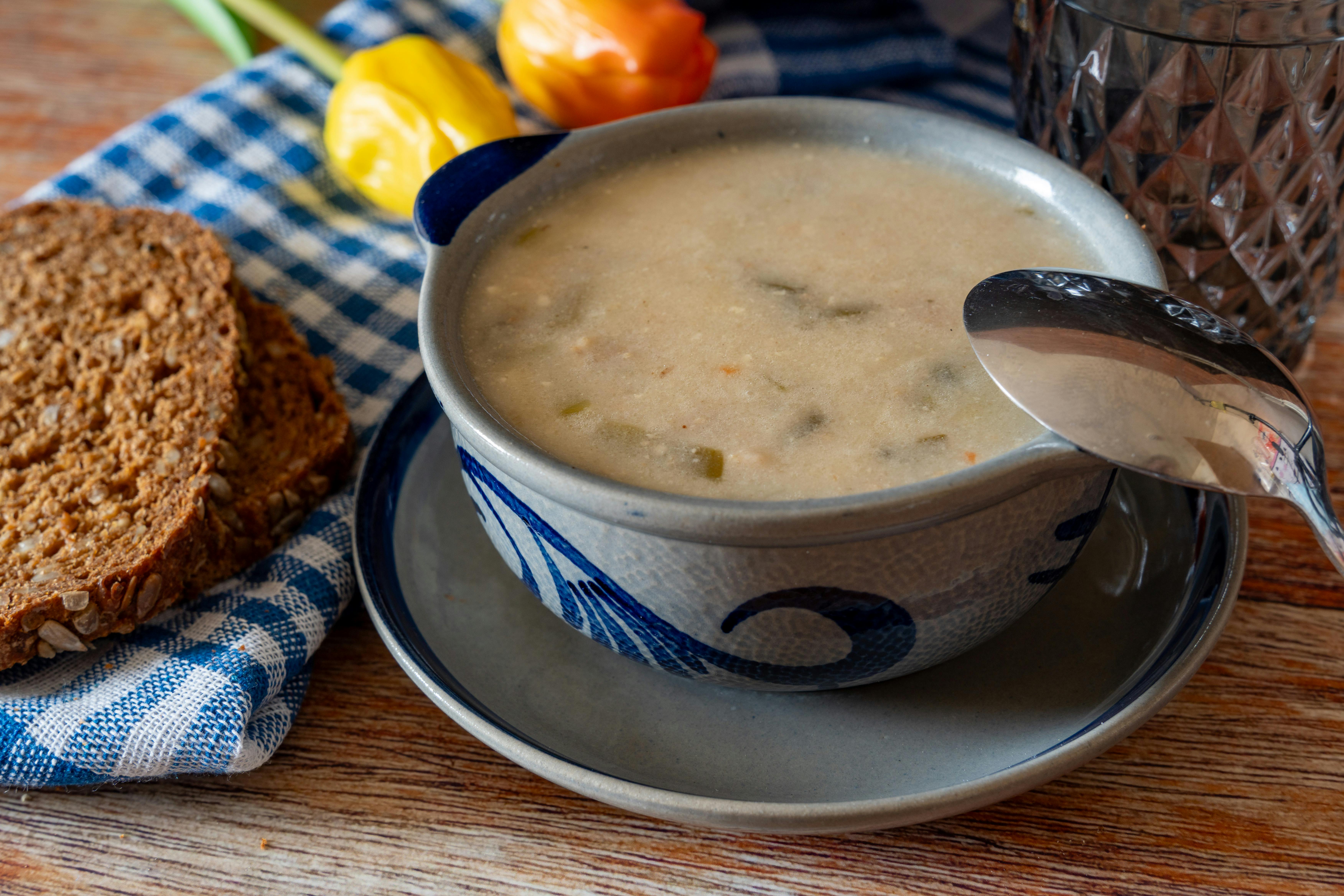
Smart Ways to Build Muscle on Keto in 2025
The ketogenic diet, often referred to as keto, has gained popularity not only for weight loss but also for muscle building. As we dive into 2025, it's essential to explore effective strategies for building muscle on this high-fat, low-carb diet. Understanding how to balance your macros, select appropriate workouts, and nourish your body can make all the difference in maximizing keto muscle gain.
One of the most significant advantages of the ketogenic diet is its ability to provide sustained energy levels by using fats as the primary fuel source. This shift from carbohydrates can lead to improved performance and muscle definition. Therefore, incorporating the right protein sources, timing your meals effectively, and utilizing specific workout plans are paramount for successful muscle growth while on keto.
This article will cover essential strategies, training programs, meal planning, and supplements specifically geared toward those looking to enhance their fitness on a ketogenic diet. Let’s explore how to adapt your approach to fostering muscle hypertrophy and achieving your fitness goals.
Key takeaways include:
- Understanding macros for muscle building on keto
- Tips for effective training and muscle recovery
- Meal planning and recipe ideas to support muscle growth
- Recommendations for supplements that aid in keto performance
Essential Macros: Balancing Fats and Proteins on Keto
Building muscle on keto requires a solid understanding of your macronutrient breakdown. Conventional wisdom often prioritizes carbohydrates for muscle recovery and growth; however, with the right approach on a ketogenic diet, you can achieve similar results.
Understanding the Keto Macro Breakdown
The typical ketogenic diet emphasizes high fat (70-75%), moderate protein (20-25%), and very low carbohydrates (5-10%). For muscle gain, your protein intake is crucial. Aim for around 1.6 to 2.2 grams of protein per kilogram of body weight to optimize muscle synthesis and repair.
Optimal Protein Sources for Muscle Gain
When determining how to increase muscle mass on keto, focus on high-quality protein sources. Foods like lean meats, fish, eggs, and dairy products serve as excellent foundations. Additionally, combining these with keto-friendly supplements like whey protein or collagen can enhance your protein intake effectively.
Fats vs. Carbs: Which is Better for Muscle Growth?
While carbohydrates can provide quick energy bursts for intense workouts, fats serve as a more stable energy source on keto. Focusing on healthy fats from sources like avocados, nuts, seeds, and olive oil can support sustained energy levels during resistance training without the blood sugar spikes associated with carb consumption.
Keto Workout Plan for Maximum Muscle Gain
Once you've established a solid nutrition plan, the next step involves implementing a robust workout routine that complements your dietary efforts. The following components are essential for a successful keto workout plan aimed at muscle gain.
Resistance Training: The Key to Muscle Hypertrophy
Undoubtedly, incorporating resistance training into your routine is vital for muscle growth. Strength training emphasizes increased resistance and repetition, leading to muscle hypertrophy over time. Focus on compound movements like squats, deadlifts, and bench presses to work multiple muscle groups efficiently.
High-Intensity Interval Training (HIIT) and its Benefits
Integrating HIIT workouts into your routine can enhance endurance and caloric burn without compromising muscle gain. These short bursts of high-energy activity followed by rest periods can effectively build strength while maintaining a caloric deficit.
Importance of Proper Post-Workout Nutrition
After your workout, your body needs nutrients to recover effectively. Consume a high-protein meal or shake that includes healthy fats shortly after working out. This post-exercise nutrition will support muscle repair and replenish energy stores effectively.
Recovery Strategies for Muscle Growth on Keto
Recovery plays an integral role in building muscle. In the context of a ketogenic diet, ensuring adequate recovery is pivotal. Here are strategies tailored for optimal muscle recovery while adhering to keto.
Hydration: Keeping Your Body in Balance
Proper hydration is essential; however, it becomes even more important on a ketogenic diet. Dehydration can affect performance, energy levels, and recovery. Aim to drink plenty of water and consider electrolyte supplements to compensate for losses during workouts.
Rest and Sleep: Vital for Muscle Repair
Good quality sleep aids in muscle recovery. Ensure you’re getting at least 7-8 hours of sleep per night. Sleep is when your body repairs tissues and builds muscle, making it a critical aspect of your regimen.
Supplementation: Enhancing Recovery and Performance
Consider adding certain supplements to your routine to enhance recovery. Products like BCAAs (Branched-Chain Amino Acids) can benefit muscle repair, while magnesium can help with muscle cramping and recovery time.
High Protein Keto Recipes for Muscle Gain
Nourishing your body with the right foods while on a ketogenic diet can greatly influence your muscle-building capabilities. Here are some delicious recipes to add to your keto meal plan for bodybuilders.
Quick High-Protein Breakfast Ideas
Start your day with high-protein meals such as scrambled eggs with cheese and avocado or a keto smoothie packed with spinach, almond milk, and protein powder. These meals help maintain energy levels while providing necessary nutrients.
Wholesome Lunch Options for Workouts
For lunch, consider a salad topped with grilled chicken, olive oil dressing, and nuts to keep your protein high while adhering to keto guidelines. Adding avocado or cheese will ups your fat intake and helps with satiety.
Post-Workout Meal Recipes
After your workout, create dishes like zucchini noodles with ground beef and pesto or a coconut curry chicken stir-fry. These meals help maintain muscle and recover efficiently, ensuring you are ready for the next training session.
Tips for Staying Consistent with Keto and Muscle Building
Consistency is key for success in any fitness journey. Implementing smart ways to maintain your keto muscle gain plan is crucial for achieving long-term results.
Tracking Macros Effectively
Utilize tools to track your macronutrient intake effectively. Ensure you remain within your targeted ranges for proteins, fats, and carbohydrates; this will keep you accountable and aware of your dietary choices.
Avoiding Common Keto Mistakes
Be mindful of common mistakes such as not consuming enough protein or underestimating your caloric needs. Make adjustments as necessary to facilitate muscle growth.
Staying Motivated: Setting Realistic Goals
Lastly, maintain motivation by setting realistic, achievable goals. This approach not only helps keep you on track but also provides a sense of accomplishment as you witness your progress over time.

Conclusion: Implementing Your Keto Gains Guide
Building muscle on keto in 2025 is a challenging yet achievable goal when following a well-structured plan. Understanding the importance of macro balance, implementing a targeted workout routine, and prioritizing recovery will lead to sustainable muscle gain.
By applying the strategies outlined in this article, you can achieve effective muscle building on a ketogenic diet, effectively catering to your fitness aspirations while enjoying delicious, nutritious meals. Explore various high-protein keto recipes, remain as consistent as possible, and remember to listen to your body. With dedication and the right approach, the muscle gains you desire on a ketogenic diet will come to fruition.
